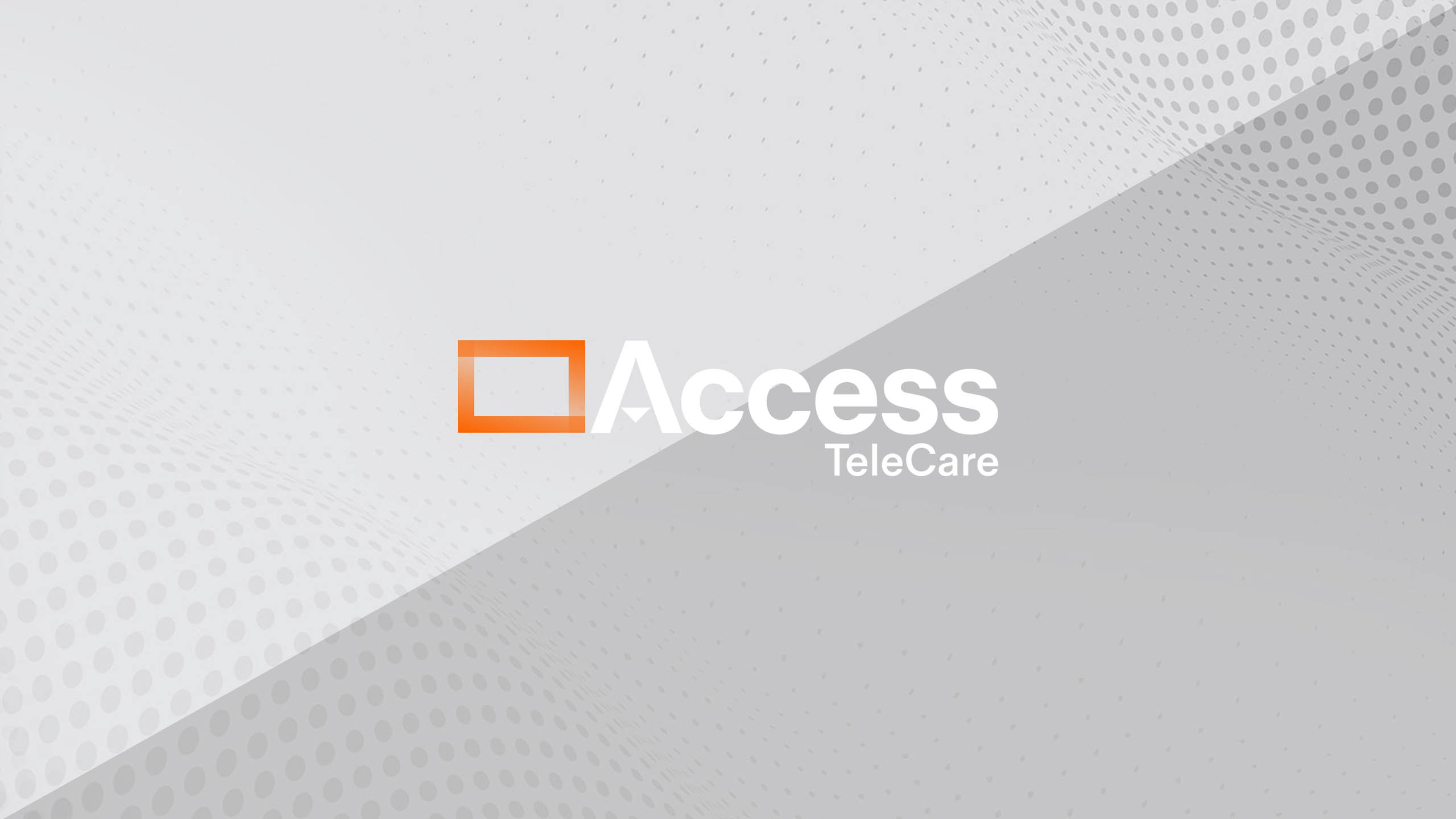As Vice President of Analytics and Insights at SOC Telemed (SOC), Robyn Baek, PMP®, guides the business intelligence that drives telemedicine success—operational and clinical efficiencies that improve health outcomes for partner hospitals and health systems. Baek oversees clinical, operational, and financial data analyses and communications that help SOC clients optimize their resources and make more informed business decisions.
Baek built and now leads SOC’s financial planning and analysis function, responsible for forecasting, budgeting, corporate development and strategic planning activities. Baek understands the value of telemedicine analytics to SOC clients and to the people they care for.
“My background is in finance,” says Baek, “specifically investment banking and management consulting. When I first joined SOC, I came in to finance, then was tasked with developing our client reporting capabilities. By utilizing Tableau, a data visualization tool, we’ve been able to provide valuable monthly reporting, plus an online portal where clients can log in for real-time analytics anytime, anywhere.”
What type of metrics does SOC measure?
By offering a telemedicine platform and services across three clinical service lines—teleNeurology, telePsychiatry and teleICU—SOC is able to measure very specific data points across workflows for thousands of consult cases of acute remote care. There is a life-cycle to a consultation: a clear beginning (when the client first requests a consult to when the physician is on video), a middle (as the physician interacts with the patient to collect vital information), and an end (when the on-screen physician coordinates with onsite providers to administer care and then documents the interaction with the patient for their health record). Following that distinct timetable, SOC can see what happens on each consult and aggregate consult-level information from the hospital’s point of view. SOC collects data such as the number of patients seen, case mix, patient demographics, utilization value, door-to-needle time, psychiatry discharge rate and a wealth of other measurements. SOC utilizes all of this is data to help improve workflow, operations, outcomes, and efficiencies for partner hospital clients.
“By looking at when consults come in—for example, if we see we’re getting a lot more of them during a certain time of the day—we can adjust our physician staff accordingly for those key hours to provide better coverage for clients. We also analyze life-cycle data in different ways to make improvements operationally or across the patient experience,” says Baek.
Why are data and analytics in telemedicine so important?
The short answer is that hospitals can use data gathered from acute telemedicine to improve their performance continually.
Consider a stroke patient. The reality is that nobody ever plans to have a stroke. All the patient or their family knows is that he/she is very ill, so they go or are taken to the emergency department. In neurology, one key measurement is door-to-needle time (from the time a patient enters the hospital to when the clot-busting tPA drug is administered.) Hospitals strive to maintain this time under 60 minutes. This becomes exceedingly challenging because when the patient arrives at the ED, it is not necessarily known they need stroke care. The patient needs a CT scan when stroke-like symptoms are present. A qualified neurologist needs to assess the patient and one may not be immediately available onsite. The whole process takes precious time when every minute matters.
Through telestroke care, a neurologist treats more strokes in a month on average than an onsite doctor does in a year. SOC provides board-certified neurologists over video, providing the hospital and patient immediate access to expertise around tPA administration, considerably shortening door-to-needle time. Plus, SOC analytics allow for the tracking and breakdown of the different parts of the door-to-needle time for clients. Armed with this knowledge, hospitals can then evaluate which workflows they need to improve to expedite these cases. How does the staff react when the patient first comes in? When there is a stroke alert? How long does it take to get the CT scan? Once the decision to administer tPA occurs, how long before the patient receives the drug? How does the emergency department work with the pharmacy to mix and deliver the drug? Each ‘leg’ of the process presents an opportunity to save valuable time.
Why do you enjoy working for SOC?
I’ve worked for SOC for over three years, and I love my work and the organization because I honestly believe we’re transforming healthcare. While telemedicine is not a new concept, it’s still in its early stages. SOC strives to push innovation and adoption for the betterment of healthcare as a whole. It is very rewarding to see and feel the impact we’re making in a relatively short amount of time.
Also, I can’t say enough for the people that I work with. Our teams and our environment are very dynamic and fun, too.
What are you passionate about in your every-day life?
First and foremost, my family. I have two little ones, ages 5 and 6 who keep me busy and humble. Beyond my family, I appreciate numbers and data.
Robyn Baek will further expand on SOC Telemed and “analytics that support impactful decision making” as a featured speaker at the upcoming Tableau Conference 2018 in New Orleans (Oct 22-25, 2018).






